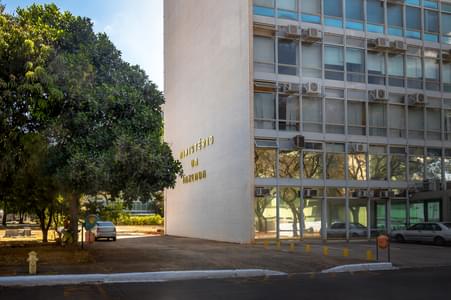An unstable situation, with high inflation and interest rates, discourages investment and generation of jobs, reduces the efficacy of public policies, and diverts the economic agenda from the objective of promoting a pro-growth and equitable environment.
Macroeconomic imbalances often originate from a destabilising fiscal regime, which happens when the public debt grows so great that it triggers mistrust over the government’s capacity to honour its debt. This is the phantom from Brazil’s past that was resuscitated under the Rousseff administration. We abused fiscal stimuli and were ensnared in a trap of high inflation and recession.
Putting the macroeconomic house in order is a worthy effort. The Temer government has already reaped the results of these initiatives, some of which began under Dilma. Despite the fragile economy, inflation is subsiding, as are inflation expectations, and consequently the Central Bank’s interest rate is falling. This is a very different picture than that seen at the start of 2016, when the discussion was over the need to raise the basic interest rate to contain inflation, which threatened to spiral upward uncontrollably.
The decline of inflation is the first sign that the new economic team’s strategy is working, despite the mistaken decision to raise the pay of civil servants and setbacks in renegotiating the state governments’ debts. The fever is easing, confirming the diagnosis of fiscal adjustment as an instrument to escape from the crisis.
How far can the interest rate fall? Based on parameters from the past, a monetary policy at “dead centre,” neither stimulating nor contracting demand, would imply a necessary SELIC rate hike.
But we can go further than this without producing renewed inflationary pressure. The reason is that the equilibrium interest rate (which is necessary to keep inflation stable) is probably in decline due to the new economic agenda.
On the macroeconomic side, there are structural reforms (spending cap rules and social security reform) to stabilise the fiscal regime. In the future, these measures could increase the saving rate in the economy, along with responsible and transparent management of fiscal policy, without pedaladas [budgetary accounting tricks] and with reduction of “remainders to pay” after years of acceleration in the opposite direction. The microeconomic side has been marked by greater rationality and autonomy of government-controlled companies and banks, a change in the rules on exploitation of the subsalt hydrocarbon reserves and resumption of infrastructure auctions.
The space for monetary easing may be almost proportional to that in 2005-07, when the Central Bank cut the SELIC rate by 8.5% in two years, starting from 19.75%.
But these are different times. The fiscal picture was more favourable then, with public debt falling. On the other hand, the economy was heating up, with slack capacity and unemployment falling – and the opposite is true now.
Both periods have strengthening of fundamentals in common. Lula’s first administration was marked by a better microeconomic agenda and improved external fundamentals. Now the fundamental improvement is the fiscal adjustment, along with a Central Bank with greater credibility and declining inflationary expectations.
The scenario is still challenging. Monetary policy is ticklish. The window for easing will close in the face of political turbulence, economic policy errors, and loss of confidence in the government. Cutting the interest rate should be something aspired to – and constructed. The space to lower the SELIC is surprising – even as low as 7.5% or thereabouts – with an important impact on the economy, also contributing to advance the pro-growth microeconomic agenda. First comes the alleviation after suffocating mistakes, then the chance to establish a virtuous circle.









